
To fully understand Breast Augmentation, general knowledge of the different incision techniques used during Breast Augmentation surgery is very helpful. Every woman who chooses to undergo Breast Augmentation has different desires but also a different body type. Depending on the type of implants, size, and breast anatomy, a different technique will be applied to reach the desired result of every individual.


What are Breast Augmentation and Incision Types?
Breast Augmentation, also known as mammoplasty, is cosmetic plastic surgery for breast enlargement, delivering an aesthetically pleasing breast area. This procedure is prevalent among women of all ages, as it boosts up one’s self-image and self-confidence. There are different types of implants, such as Silicone Implants or Saline Implants coming in all shapes and sizes. For more detailed information about Breast Augmentation, please read our article on this topic here.
Breast Implants play a considerable role in the decision of what exact Incision Technique will be used during Breast Augmentation Surgery. There are four unique approaches to insert an Implant. An inframammary fold incision (FMI) is an operative technique where the incision is made in the crease under your breast. One of the most popular approaches is the trans-axillary incision positioned under the arm. Another popular incision technique is called the periareolar incision around the nipple. Lastly, a precise method is the Trans Umbilical Breast Augmentation Incision Technique (TUBA), where the incision is made through the belly button.
Benefits of each Breast Augmentation Incision Type

Every Breast Augmentation Incision Type has its advantages. The plastic surgeon considers each benefit to decide on which Incision method will be the best for the patient.
The Inframammary Fold
The inframammary fold incision allows more favorable visibility and operational control. The operative time using the FMI technique is shorter compared to other incision types, and recovery is enhanced. There is also a very low rate of complications or reapportions.
The trans-axillary incision
The trans-axillary incision is a technique many patients opt for since there is minimal to no visible scarring. The scar near the armpit is so small that it is impossible to see. The results are optimal with a shorter healing time.
The periareolar incision
The periareolar incision allows the exact placement of the implant as the surgeon works directly through the nipple. Besides, there is minimal scarring hidden between the areola and skin, making the scar blend in naturally.
The transumbilical technique
The transumbilical technique type is less invasive than it appears at first. It has the advantage of a single, well-hidden, remote incision. The surgeon can control the position of the implant by outside visualization, avoiding any deformities. There is far less scarring and a shorter recovery time than with the other three incision types.
Breast Augmentation Process: Incision Types
 Every Breast Augmentation Incision has a different approach while being performed. Depending on the type, size, and shape, the procedure process varies from patient to patient using the most suitable implant insertion technique. All incisions are marked before applying general anesthesia. The incision is closed using sutures.
Every Breast Augmentation Incision has a different approach while being performed. Depending on the type, size, and shape, the procedure process varies from patient to patient using the most suitable implant insertion technique. All incisions are marked before applying general anesthesia. The incision is closed using sutures.
- First, the inframammary fold is a general approach that is used during Breast Augmentation Surgery and Breast Augmentation Revision Surgery. The incision is made under the breast, and the implant is inserted vertically. It is mostly used with anatomically shaped implants because they allow the surgeon to place the implant properly and reposition it as needed. This incision type preserves the anatomy if the milk ducts. Keep in mind that there will be a temporary scar underneath your breast fold. This incision is advised for patients who have already had children or are a little older since there will be a small amount of natural sag in the breast, which allows the incision to be well hidden.
- The trans-axillary incision technique is made in the armpit area. This method nowadays is done together with an endoscope camera for more precise performance. A small cut will be done to the armpit, and a channel will be created to the breast. The implant is inserted through the channel and precisely positioned. There is no interference with nerves or vessels. This type of incision technique is more complicated than the previous one as the incision is farther than the previous method. However, thanks to the endoscope camera, the results are also great-looking. Trans-axillary incision is ideal for patients with minimal ptosis, asymmetric, or tubular breasts that do not opt for very large implants. It is also often used for thin women and younger women that have little to no breast sag.
- The most commonly used incision method in Breast Augmentation and Breast Augmentation Revision Surgery is the periareolar technique, also known as the nipple incision. The incision is made at the point where the areola and skin meet. This allows for the tiny scar that will be made to blend in and practically be invisible. The implant will be inserted while being rolled up in a sleeve to avoid bacterial infections. Once the implant is in its place, the sleeve will be removed. As the periareolar technique is so close to the breast, the surgeon can perfectly insert the implant.
- Lastly, the final method is the transumbilical approach through the belly button. The incision is made in the rim of the belly button. An endoscope camera is used to create a tunnel under the skin, up to the backside of the breasts. As the skin on the belly is more elastic than on other body parts, mainly where different incisions are carried out, a tunnel can be created without problems. The implant is inserted by rolling it up and pushing up through the tunnel until it is in the correct place. TUBA incision technique has less recovery time and scaring as the other three types of incisions. TUBA is an excellent approach for correcting tubular breast deformity, and it is also a very safe and effective method to use during Breast Augmentation. Keep in mind that TUBA incision is rarely used and can be used only with Saline Implants as they can be filled after the implant is inserted.
The right incision type will be chosen during a consultation with the plastic surgeon. He will consider the implants, the patient’s anatomy, and the patients’ desire to deliver the best breast augmentation results possible with minimal to no scarring.
Breast Augmentation in Korea

Breast Augmentation is one of the most popular cosmetic plastic surgeries enhancing a woman’s beauty and confidence. An operation like this requires a highly-skilled plastic surgeon that will carefully listen and consider the patients’ wishes while still delivering astonishing results. Plastic surgeons in South Korea offer excellent performance with outstanding results to the rest of the world. This is proven by The International Society of Aesthetic Plastic Surgery, choosing South Korea as the number one country to get plastic surgery.
Understanding the various incision techniques for Breast Augmentation is beneficial knowledge if you are considering getting Breast Augmentation done. In total, there are four incision techniques used for inserting the implants. Each of them is specially designed for different sizes and shapes and the patient’s body condition. The surgeon will choose the best technique individually for every patient. If you are thinking about breast enlargement to have a more beautiful cleavage in South Korea, contact Seoul Guide Medical today for a free consultation!









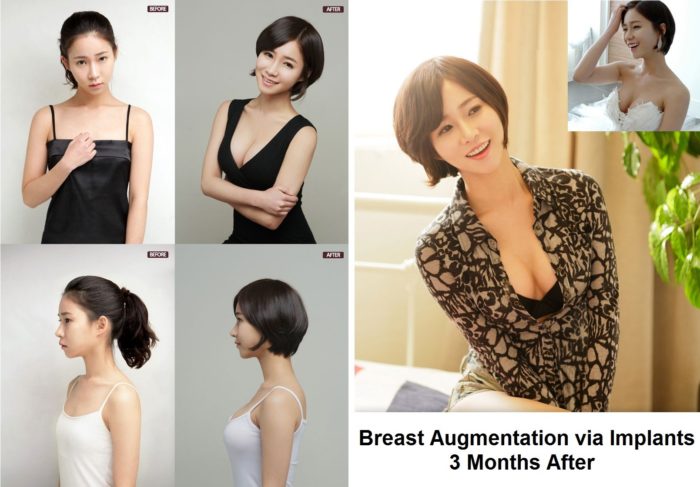
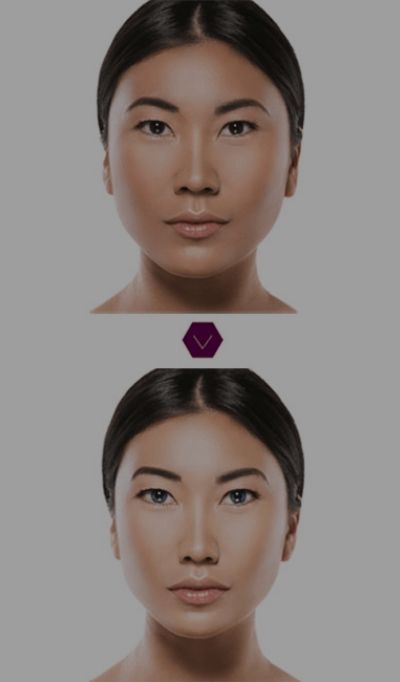



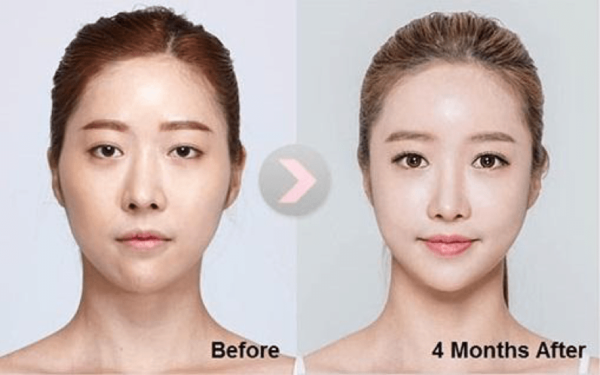

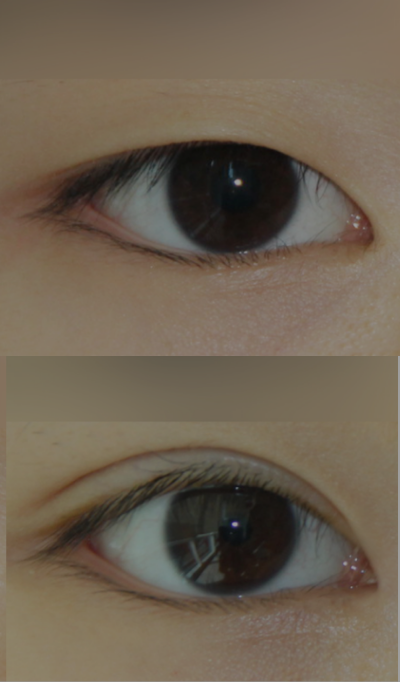
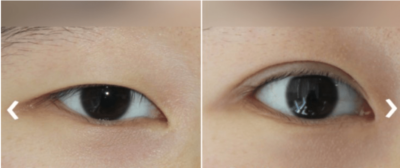


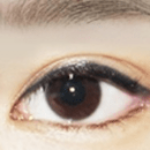
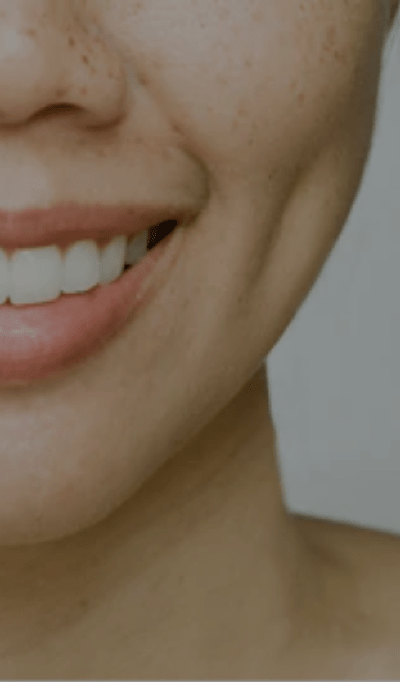
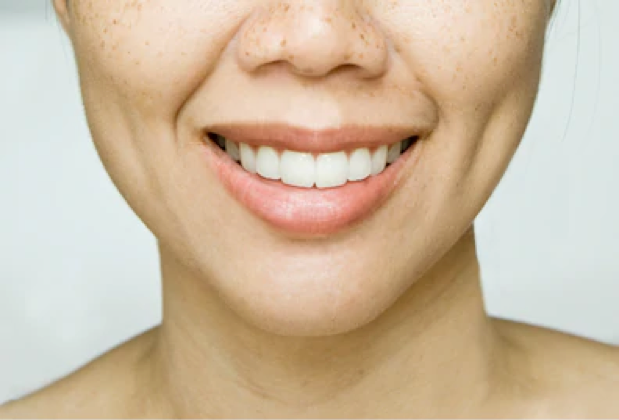

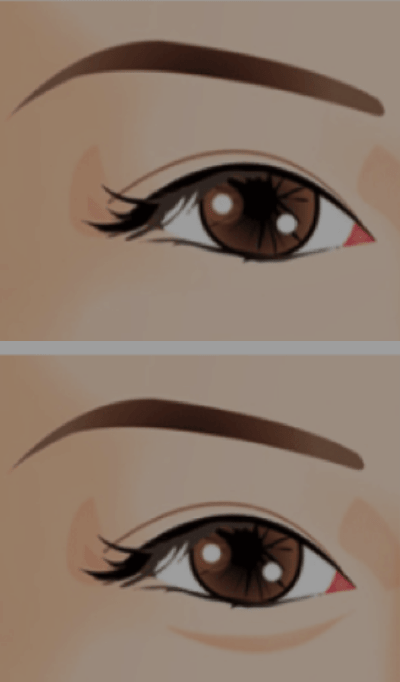

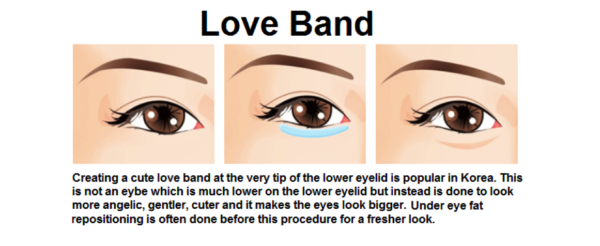
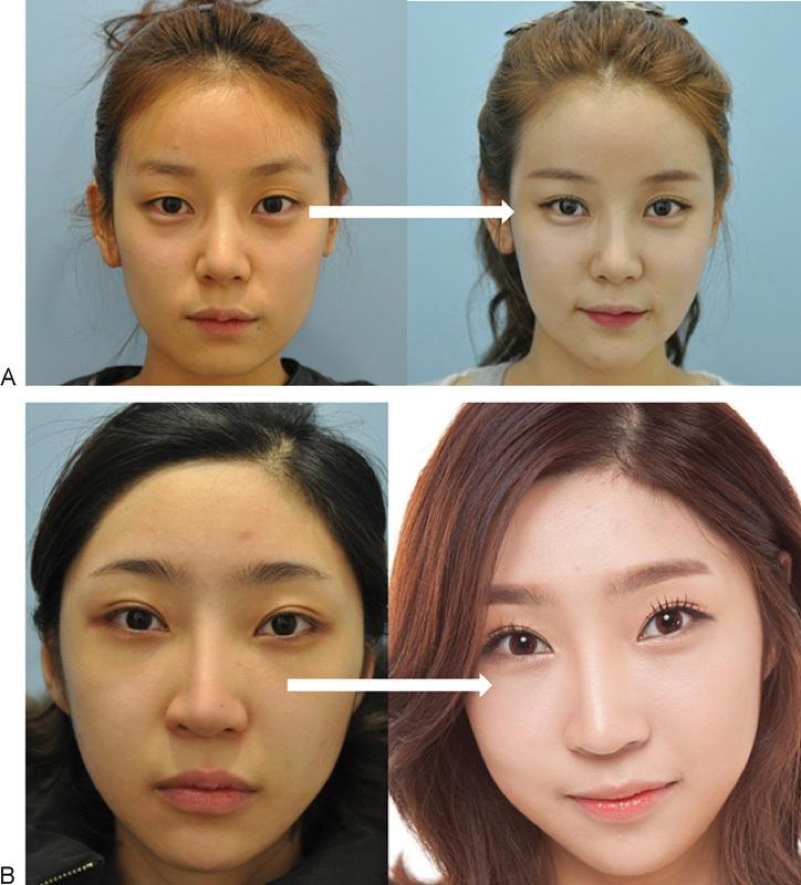
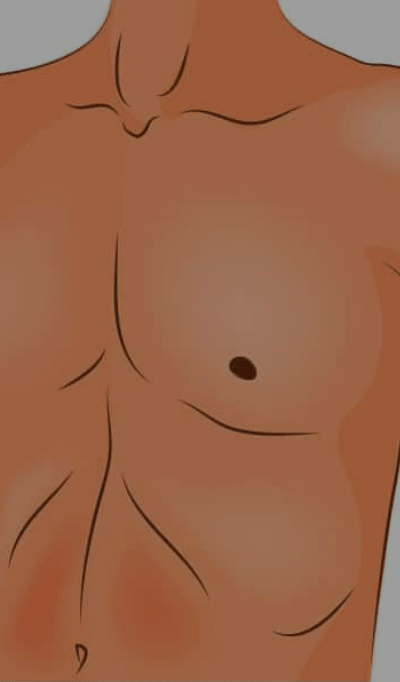

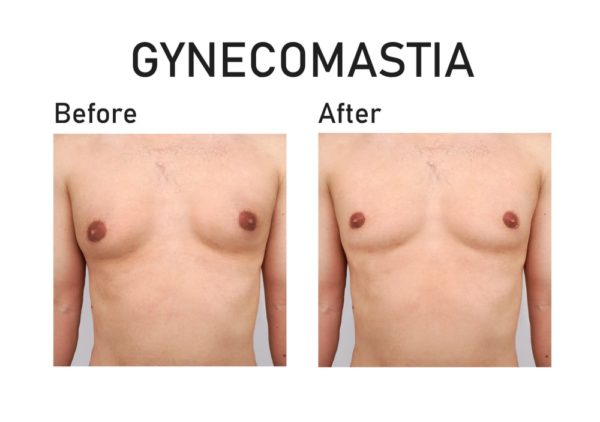 Gynecomastia is a condition wherein the male breasts are enlarged, thus appearing like feminine breasts. Breast enlargement in males can be caused by hormonal imbalance, lifestyle, medication, and genes, to name a few. It is called as true gynecomastia when it is caused by glandular tissue, while it is referred to as pseudogynecomastia when it is due to excess breast fats. Two surgical techniques that are used to treat gynecomastia, namely, are liposuction for pseudogynecomastia and tissue excision for true gynecomastia. The surgeon can opt to use these two techniques in one procedure for more complex cases of true gynecomastia.
Gynecomastia is a condition wherein the male breasts are enlarged, thus appearing like feminine breasts. Breast enlargement in males can be caused by hormonal imbalance, lifestyle, medication, and genes, to name a few. It is called as true gynecomastia when it is caused by glandular tissue, while it is referred to as pseudogynecomastia when it is due to excess breast fats. Two surgical techniques that are used to treat gynecomastia, namely, are liposuction for pseudogynecomastia and tissue excision for true gynecomastia. The surgeon can opt to use these two techniques in one procedure for more complex cases of true gynecomastia. 


 To summarize, a breast lift is best for women who have issues with their sagging breasts because this procedure can tighten and reshape the tissue and skin. This procedure is most recommended for women whose sagging breasts were caused by pregnancy or breastfeeding, weight fluctuations, and aging. The method involves four major steps and has four options as to what incision is the best for every individual. When it comes to the recovery, it may take several weeks, depending on the extent of correction done on the breast. With the doctor’s post-surgery care instructions, it should make the healing period easier and quicker.
To summarize, a breast lift is best for women who have issues with their sagging breasts because this procedure can tighten and reshape the tissue and skin. This procedure is most recommended for women whose sagging breasts were caused by pregnancy or breastfeeding, weight fluctuations, and aging. The method involves four major steps and has four options as to what incision is the best for every individual. When it comes to the recovery, it may take several weeks, depending on the extent of correction done on the breast. With the doctor’s post-surgery care instructions, it should make the healing period easier and quicker. 
